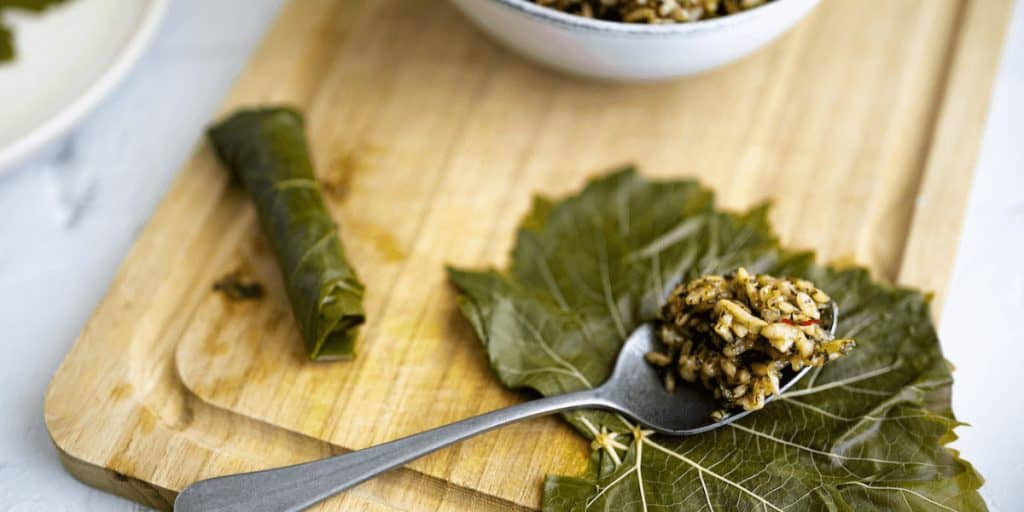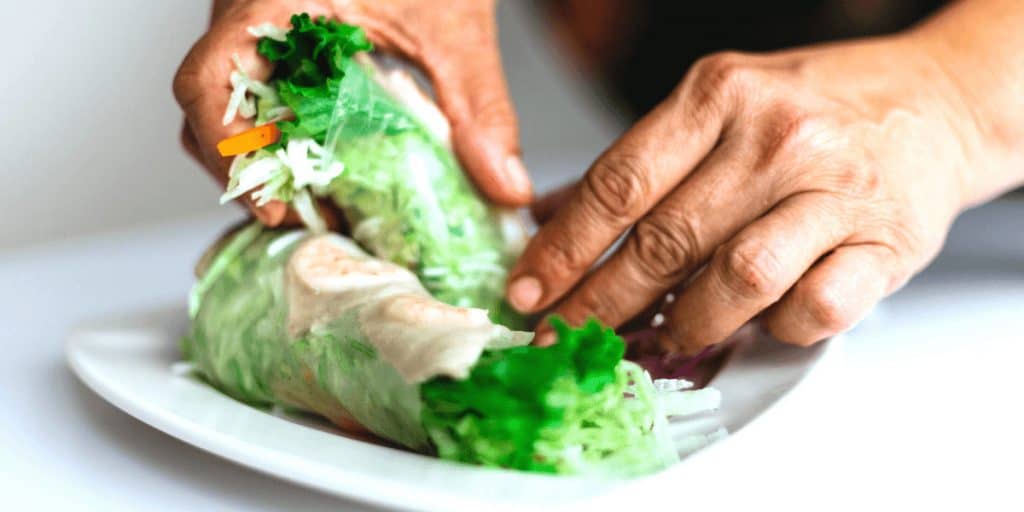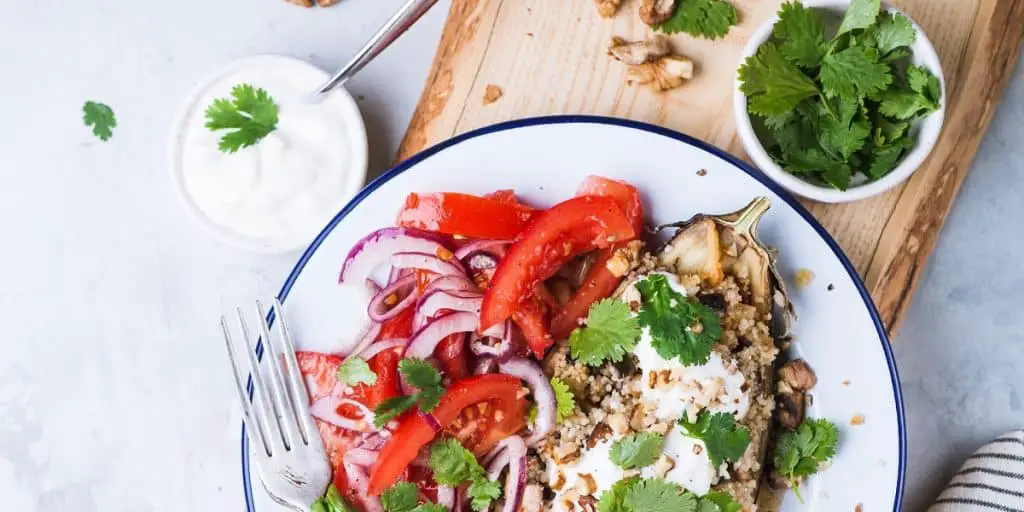If you ask a Macedonian which is your national dish, they may say meat and rice stuffed in grape leaves. If you ask a Greek the same question, they may say meat and rice stuffed into vegetables. So, I don’t know if dolma is truly Armenian but we take pride in this national dish, as if we invented it. To showcase our love and pride for this beloved dish, every year we organize an awesome Dolma festival. The Dolma festival in Armenia is more than just a culinary event. It is a celebration of heritage, community, and the joy of sharing delicious food with loved ones. Let’s dive deeper into this joyful event and learn more about it, as well as find out how you can become a part of it.
Dolma festival is an annual event in Armenia where communities from different regions of the country come together to celebrate the shared history and culinary tradition of dolma. The festival began in 2011 and has been held annually since then. It aims to preserve and promote the Armenian culinary traditions, particularly, the art of making dolma.
If you happen to be at this unforgettable event, don’t forget to ping me on Twitter or Instagram with #ArmeniaTravelTips and send photos.
What is dolma?
Dolma is a dish that involves the careful and skillful wrapping of grape leaves around a flavorful filling. The filling mainly consists of rice, minced meat, and spices. There are vegetarian/vegan variations of dolma which are made of grape leaves stuffed with rice and herbs. But since I’m not a vegetarian myself, you can imagine my levels of excitement about this option are somewhat shallow. 🙂
While its exact origin remains a subject of debate, dolma has become the culinary symbol of the Middle East, the Mediterranean, and beyond. In Greece, dolma is often made with a combination of rice, meat, and vegetables or grape leaves. In Lebanon, it might feature a mix of rice, ground meat, and a tantalizing blend of spices not used elsewhere. And we, Armenians, also adopted this delicious dish as our own.
Armenians like other nations in the surrounding area have been making dolma for thousands of years. We went so far as to totally eliminate meat and make a special dolma for fasting called “pasuts tolma” which is basically all kinds of beans, and peas stuffed in pickled cabbage. So, there is no end for imagination when it comes to Armenian dolma! So, you cannot be surprised that we came up with a whole festival dedicated to dolma.
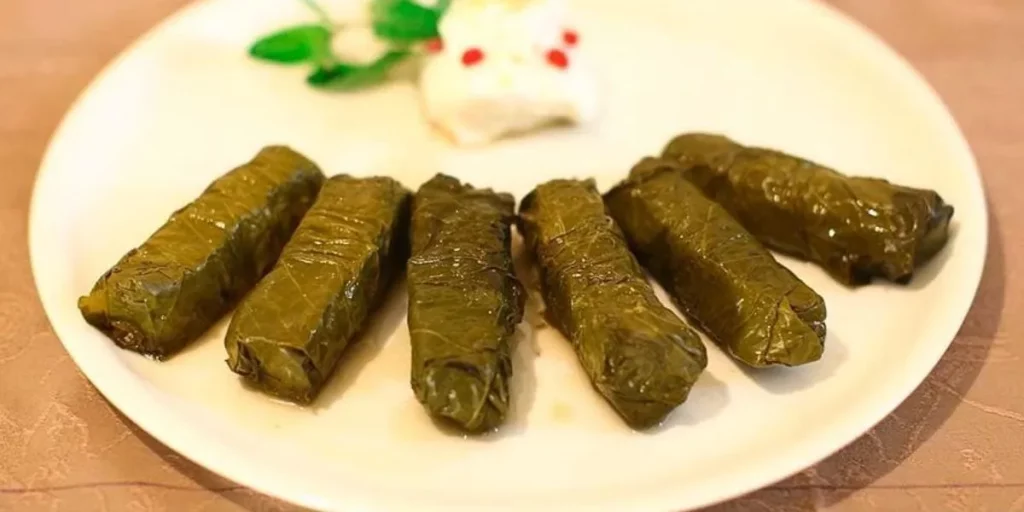
Dolma Festival in Armenia
When will the next event be held?
The dolma festival takes place in May-June, every year, in different regions of Armenia, but always close enough to Yerevan for people to visit it conveniently. For example, the next one is scheduled to be in Zvartnots on May 19, 2024. Zvartnots is a town in the Armenian province of Amravir, about 10 km west of Yerevan. If you have ever been to Echmiadzin then you have passed Zvartnots which is approximately halfway to Echmiadzin. To get there, you can take mini buses from the bus station Kilikia leading to Echmiadzin. You need to ask the driver to stop at Zvartnots. The cost of the minibus is not more than 400 Armenian drams or 1 USD.
How to participate in the dolma festival in Armenia?
To participate in this dolma festival, first of all you need to make sure you are in Armenia during the time when it’s taking place. To be sure, check out the pages of the FestivAr NGO who tracks different festivals held in Armenia and makes announcements about the dates and locations.
You don’t need to purchase any tickets. It is an open-space event, and you can just show up. However, the organizers do not provide transportation, so it’s up to you to get to the venue. The food is not free, of course, but sure you can afford a good plate of delicious dolma. Here you will also enjoy a lot of fun activities, including quality Armenian music. The festival has become an absolute favorite of locals and foreigners. It is only a one-day event, so don’t miss it out!
What is the history of the dolma festival in Armenia?
The guy who stands behind this beautiful event is Sedrak Mamulyan who is the head of the “Development and Preservation of Armenian Culinary Traditions” organization. He organized the festival for the first time in 2011. Since then, it has been held in different regions, for example in Musaler, in Zvartnots, or in a village near Dvin.
Many well-known Armenian cooks participate and prepare about seven dozen types of dolma. The cooks compete in different categories of “The best taste”, “The best design”, and “The best idea”. The winners are awarded with prizes, including the golden statute. It’s amazing to learn that the longest dolma was 23 meters for which a world record was set. And of course, it was awarded at the time!
Dolma festival is accompanied by songs, dances, various contests, as well as entertaining games. So, it’s not just for foodies, but for everyone who genuinely enjoys this kind of festive atmosphere. It’s an amazing way to immerse yourself in Armenian culture and learn more about it. So, if you happen to be around in May-June, make sure to check the dates and attend the festival.
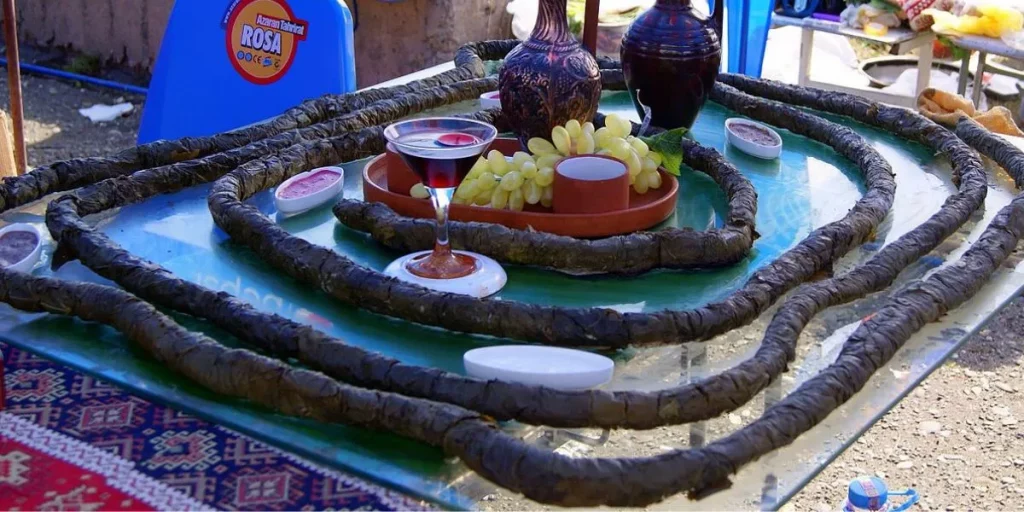
What are the traditional dishes served during the dolma festival?
During the festival, various types of dolma are served, which, as you already know, is a stuffed vegetable dish wrapped in grape or cabbage leaves. While the filling of the most common type of dolma in Armenia consists of rice, minced meat, and a variety of spices, here at the festival you need to be ready to taste many different variations. So put your experimentalist shoes on and embrace the unknown.
Apart from grape leaves, the meat filling is often also wrapped in cabbage, eggplant, tomato, and peppers. This form of vegetable dolma is often called “summer dolma”. Because we tend to eat it more in summer when the veggies are in abundance.
There is also “pasuts” dolma which is our version of Lenten dolma. It’s wrapped in pickled cabbage leaves, and the filling is, of course, not meat but various peas and beans with spices. There is also “sut dolma” (fake dolma) which is mainly rice with spices.
What is the correct term – “dolma” or “tolma”?
Finally, speaking of this festival I cannot ignore the elephant in the room. People would have passionate debates over the right word for describing this dish – “dolma” or “tolma”. 🙂 In the Armenian context, I could say that for us the difference is just a matter of Western vs Eastern version of the Armenian language (follow the link to learn more about the difference). I feel like most people in Armenia today use the “T” sound at the beginning of the word, but in my family we use both actually. Around the region, the pronunciation with “D” is more prevalent everywhere from Balkans to the Middle East. Ultimately, who cares? It’s delicious! Don’t get too worried about such nuances, especially when a delicious dish of d/tolma is right in front of you.
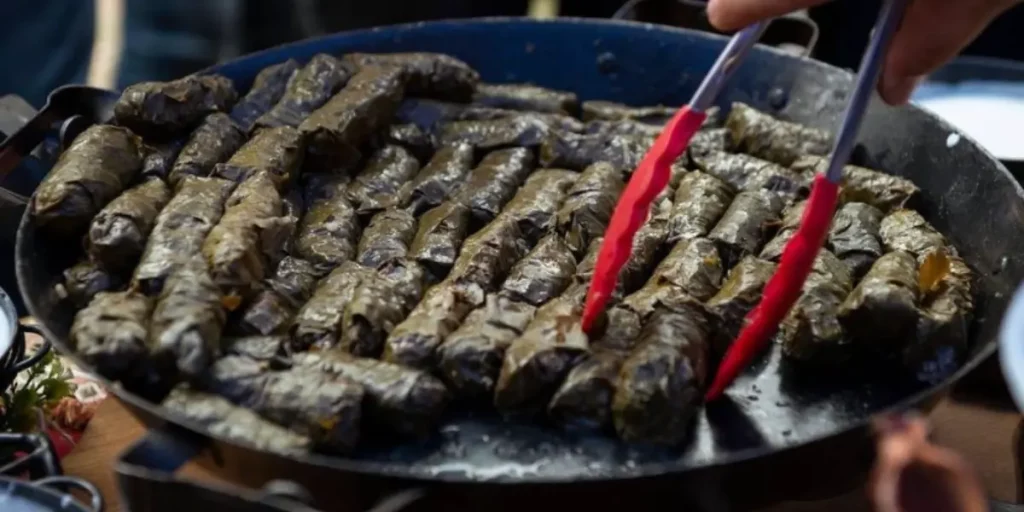
Wrapping up
The Dolma festival in Armenia is a sensory delight. It offers a blend of flavors and cultural experiences. But participating in the dolma festival is not only about indulging in the exquisite taste of dolma, You will also partake in the communal spirit that defines Armenian hospitality. The symbolic meaning of the festival is to be a bridge between generations, preserving and promoting the rich culinary heritage of Armenia for years to come.
So, if you happen to be in Armenia in May-June, make sure to attend this wonderful event. If you are interested in Armenian festivities in general, here are some other options you might find exciting. Read about the Armenian Vardavar – a super fun way to spend time in Armenia. Another interesting event is Yerevan Wine Days. Make sure to attend at least one. And don’t forget to send me your photos on Twitter or Instagram with #ArmeniaTravelTips.
Featured image credit: Photo by Esraa Abuhashem on Pexels (edited)
Please help me make Armenia more popular!

